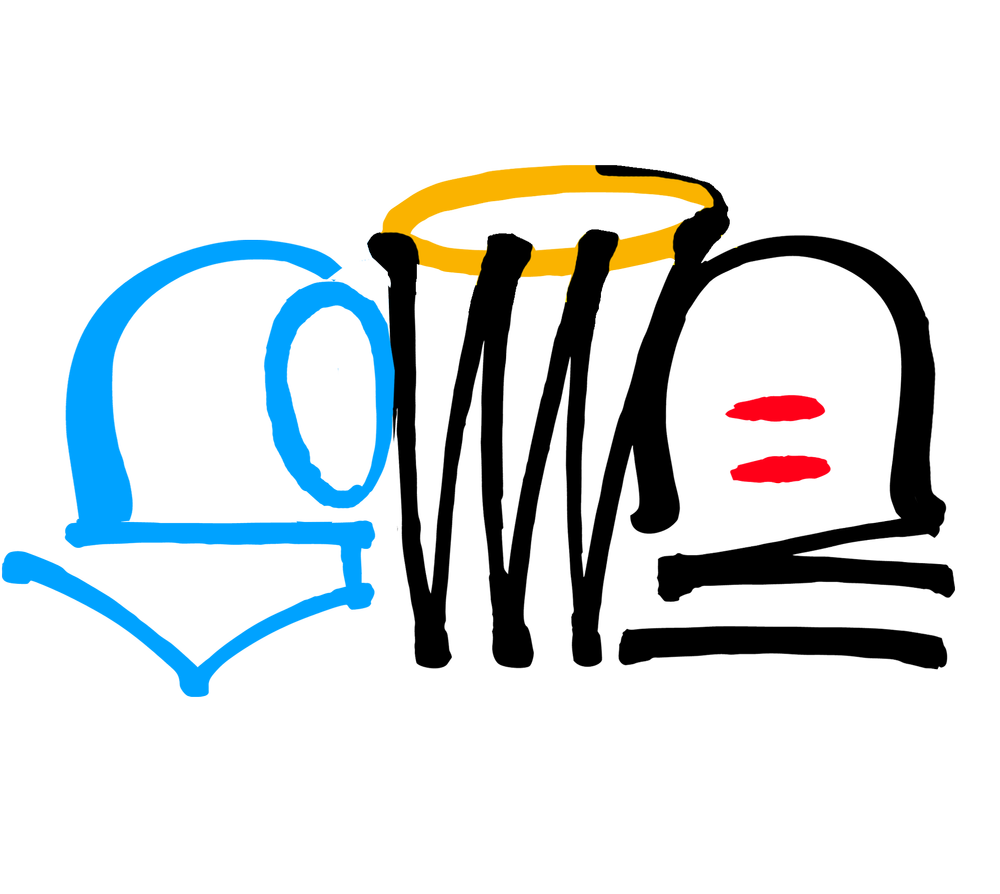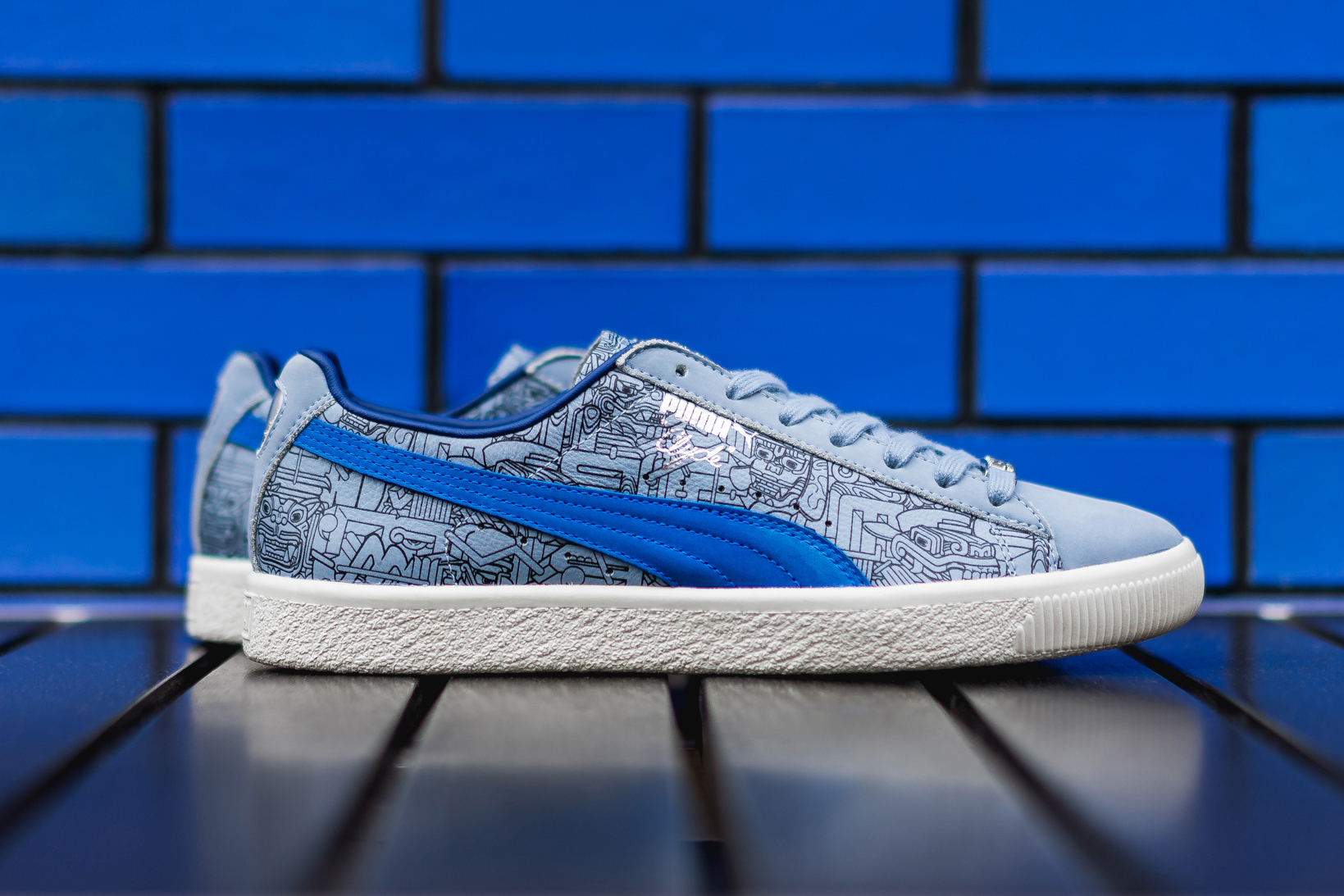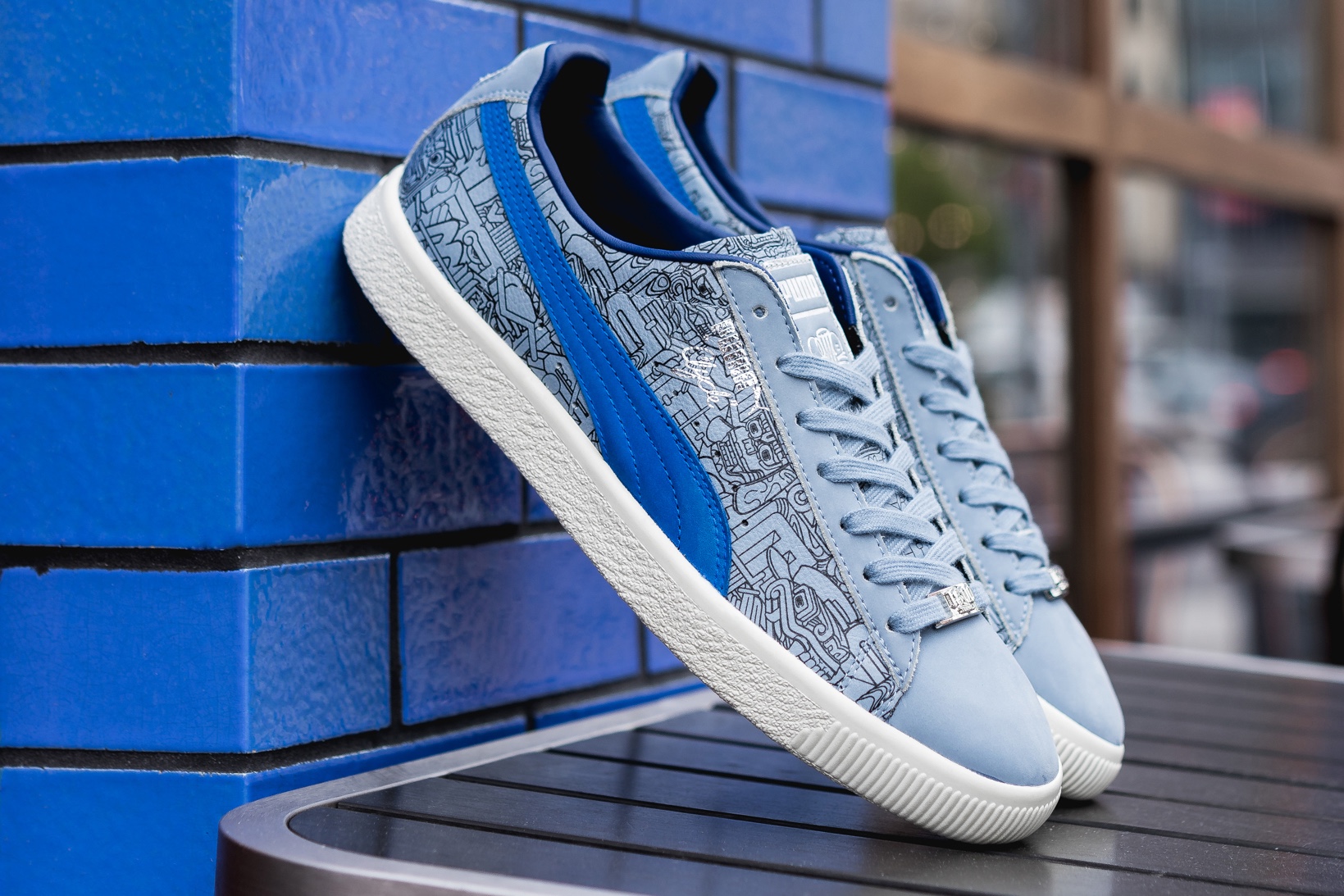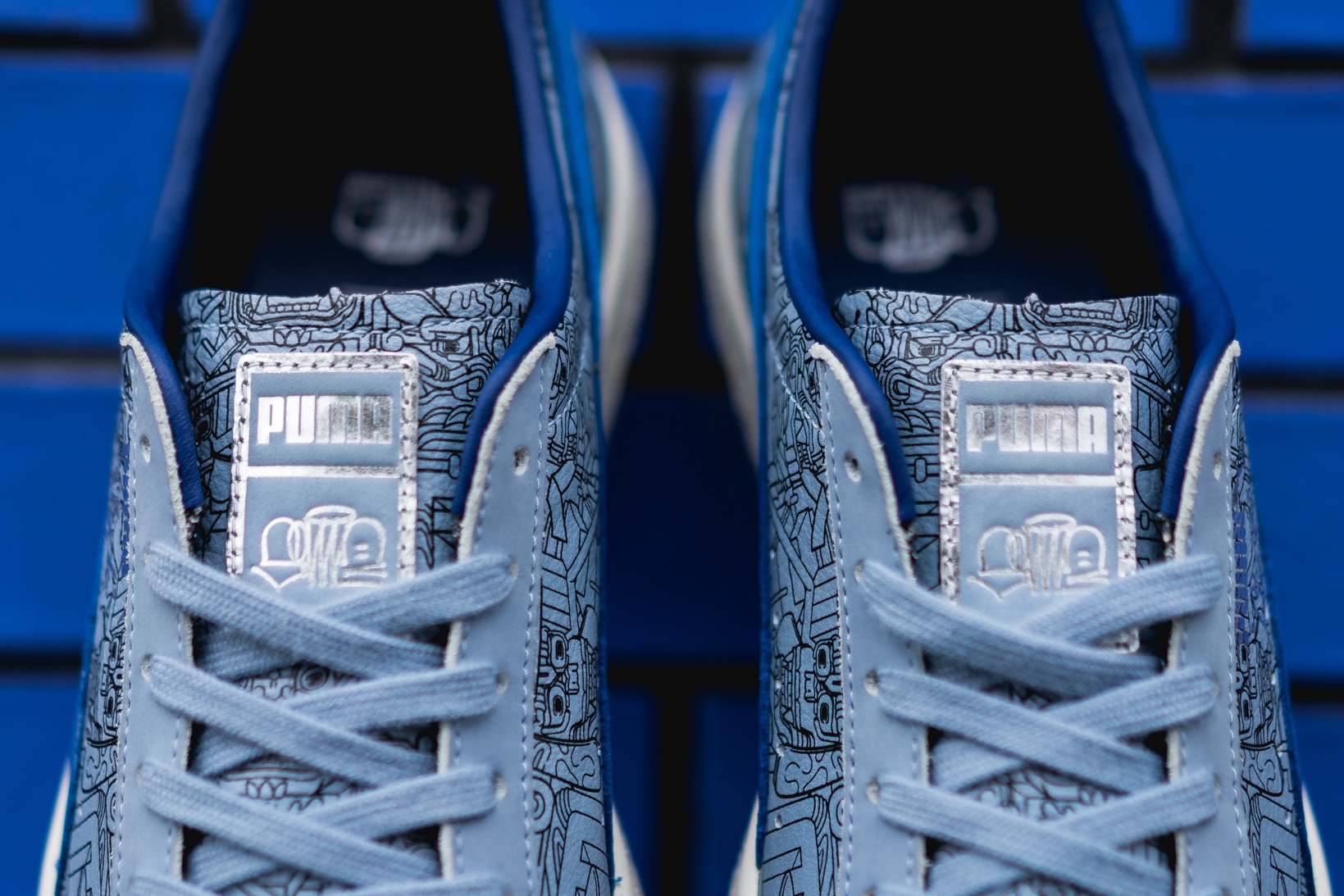The Gradient of Perspective at The Euphrat Museum's Exhibit: Justice For All?
I’m honored to show artwork alongside powerful voices in the Euphrat Museum’s exhibit ‘Justice For All?’ at DeAnza College – a group exhibit about our collective history and the effects on individual lives and systems. The exhibit’s curator wanted to combine works like mine, which weren’t direct responses to specific events, with works that could be described as responses and answering the question of, where do we go from here?
I felt like the pieces from my summer of ‘16 series were right at home in the exhibit. That summer proved to be a season that exposed many of humanity’s negative attributes, and sometimes its grace. That summer was eventful in the media with critical situations popping off locally and abroad; the Pulse nightclub shooting, missing students in Oaxaca, Syrian crisis, gender inequality issues, police shootings, ridiculous presidential candidates, floods in Louisiana, contaminated water in Michigan, Rio Olympics and so much more. I absorbed all of it and created an album of visual responses titled, Summer Of ’16. In these pieces I felt like it was important not to repeat what had already been broadcasted or give a matter-of-fact literal reaction because cameras, eyewitnesses and journalists already provide that.
An artist’s role emerges out of their surrounding environment. Because of this, some artists who have been affected by injustices can’t help but have a strong urge to create works around this theme. As an artist, you are constantly observing behaviors in search of what’s next and sometimes unfortunately not all of what you encounter is good but is inspiration nonetheless. For those of us who are established and fortunate to have a platform that may inspire others to affect change, it is important that we use this power as often as possible; it is our duty. But just like society as a whole, the works will vary as is necessary.
In a sense, that is what I observed during my walk through of the show: A gradient of responses some dark and some light. One piece by Oreé Originol introduced me to an entirely new approach to art making. He showed part of his ongoing series titled, Justice For Our Lives, portraits of individuals from marginalized communities who have been shot and killed by police.
The pieces are available for anyone to download and share. His website states, “You are encouraged to get creative with the designs, print, and distribute them at demonstrations, in classrooms, art galleries, as street art, and anywhere else that will force people to remember the names, faces, and the stories behind each person who has been killed by state sponsored terrorism.” This body of work was made in response to unfortunate events, but I couldn’t help but notice the innovation behind it.
As an artist, I have mostly come to understand my profession as something that is mostly available to people who have the capital to afford it. Although I share it free via social media, the body made by Oreé bypasses that notion and makes the art even more accessible. Murals do this too, but the fact that one can download, print and or share the art is much more empowering since the viewer is an active participant in the completion of the piece.
My own work is about studying the visual cues of identity, and what I often notice is that these aren’t as concrete as we think. These days, there are so many commonalities and overlap. For example, if I do a portrait mixing Arabic with Roman typography, and add some pale and dark skin tones, now you have a figure that isn’t so easily defined. This provides viewers with an invitation to wonder about the figure and create meaning from their own point of view. One might recognize a portion of the work, while another might see it as illegible abstraction. By distorting visual cues I hope that people will realize more of our common lineage. During this time in our history, it’s more important than ever to remind people of this because once someone can understand and feel another person’s perspective, it is easier to see that we all laugh and cry.
I used this approach for the series by sampling the common themes of the tragic events. For example, I made a piece about the missing students of Oaxaca, and the mass shooting in Orlando; both unfortunate situations about young Latinos. I also did a couple of pieces with Arabic typography because there was so much negative coverage of Middle Eastern people and I felt the urge to ally with them by reminding people of their beautiful contributions. For me, remixing what we process as visual information is simply a thought and then a pencil mark. They might not make literal sense, but not everything can be within our grasp of explanation. We have the expansive gift of intuition and feeling which is what allows us to process such abstractions. If we allow ourselves to be comfortable with not knowing, I have hope that we will evolve away from fearful seeing.
The Justice for All? group exhibit at DeAnza’s Euphrat Musuem is up thru March 23rd

























